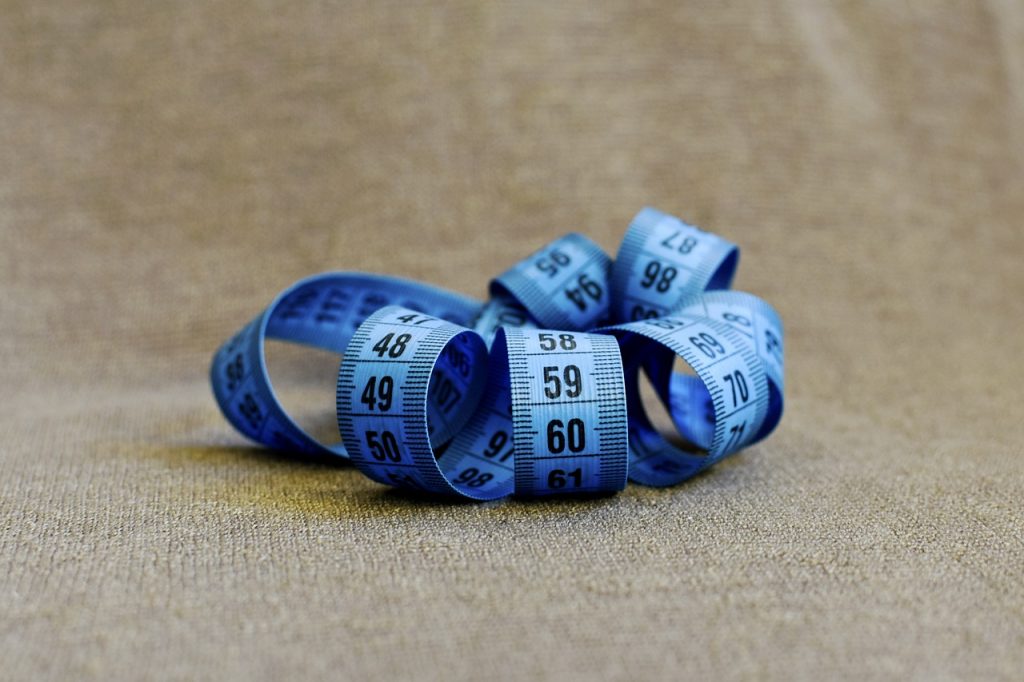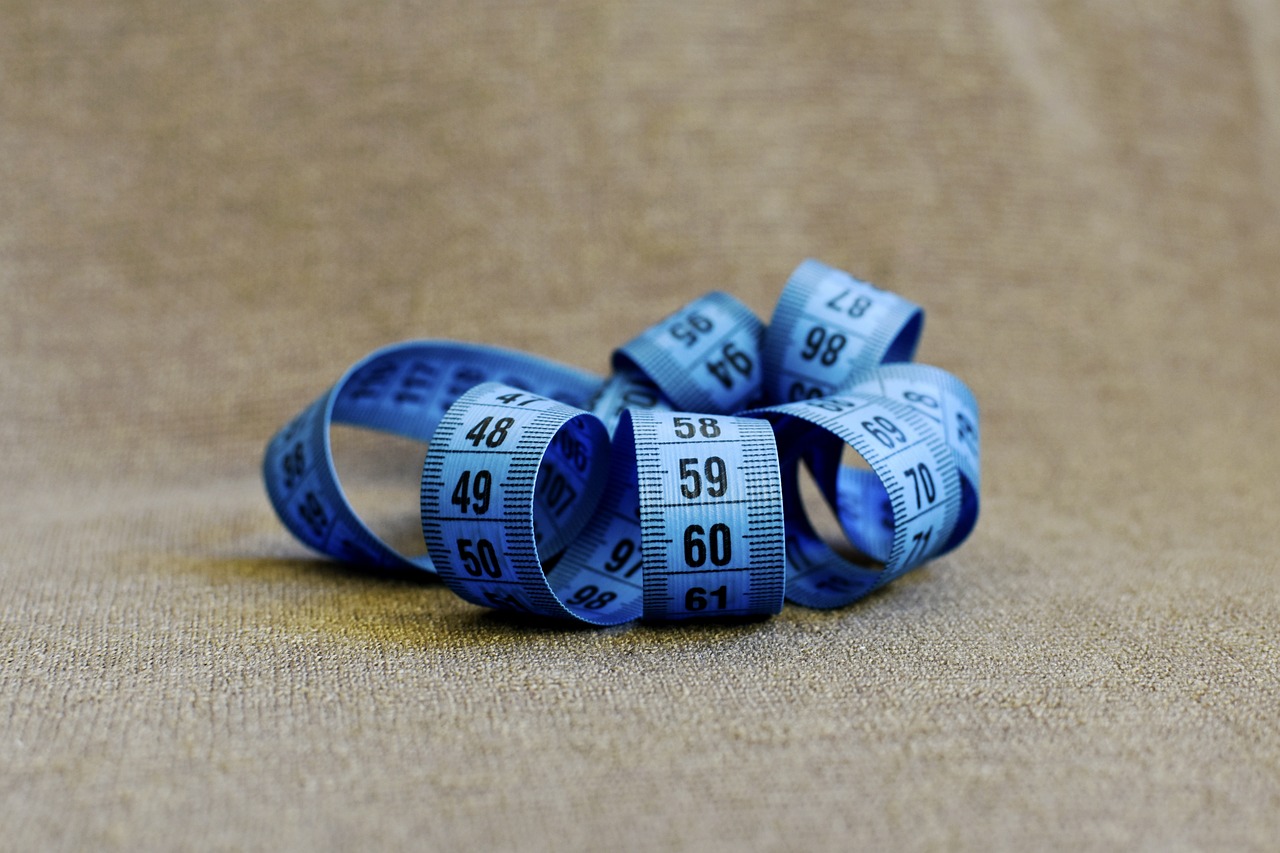The principle of weight gain: the diet/activity imbalance

The principle of weight gain in its initial form is very simple to understand. It results from an imbalance between the number of calories our body stores and the number of calories our body spends daily.
In terms of calorie intake, we mainly find food. More or less fatty, more or less balanced, and varied, these different criteria provide a more or less significant quantity of calories to our body. These calories are essential because they are nothing more and nothing less than the vital energy that our body needs. However, these must be burned and “consumed” by the different activities of our body. If a calorie surplus remains, this is where fat is formed (this process is called lipogenesis).
In terms of energy and caloric expenditure, our body is not left out. Of course, physical activity is an energy expenditure item that immediately comes to mind (especially when we start talking about diet). Yet it only represents 20 to 30% of our energy expenditure. The more our daily physical or sporting activity, the more calories our body burns (and requires to function properly).
On the other hand, calories are also used to carry out the “background tasks” of our daily activities. The proper digestion of food by our body, essential for good assimilation, requires, for example, an expenditure of calories. The same goes for food storage and processing. This activity represents 10% of our energy expenditure.
Finally, even when resting, our body consumes calories to maintain the proper functioning of our vital functions. This is called basal metabolism. This includes breathing and the functioning of organs and cells. 60 to 70% of our energy expenditure is due to basic metabolism.
Some examples (indicative data varying depending on the individual’s metabolism):
1 hour of sleep or meal = 60 Kcal
1 hour of seated activity (TV, reading, transport, etc.) = 90 Kcal
1 hour of standing activity (cleaning, washing, etc.) = 120 Kcal
1 hour of walking, gymnastics, gardening = 170 Kcal
1 hour of sport = more than 300 Kcal
The calories provided by our diet must therefore, ideally, cover, without exceeding, our body’s overall energy needs.
What are a woman’s daily energy needs depending on her age?
Daily energy needs and the level of activity practiced change with age. The following data are average data, but they allow you to have a fairly precise idea of the number of calories necessary for the correct functioning of the body.
- Adolescents (13-19 years): 2300 to 2600 Kcal/d
- 20-40 years / Inactive women: 1900 Kcal/d
- 20-40 years old / Active women with average physical activity: 2200 Kcal/d
- 20-40 years old / Active women with significant physical activity: 2600 Kcal/d
- 40-60 years old / Inactive women: 1800 Kcal/day
- 40-60 years old / Active women with average physical activity: 2000 Kcal/d
- 40-60 years old / Active women with significant physical activity: 2400 Kcal/d
- Pregnant women: 2150 to 2250 Kcal/day
- Breastfeeding women: 2500 Kcal/d











+ There are no comments
Add yours